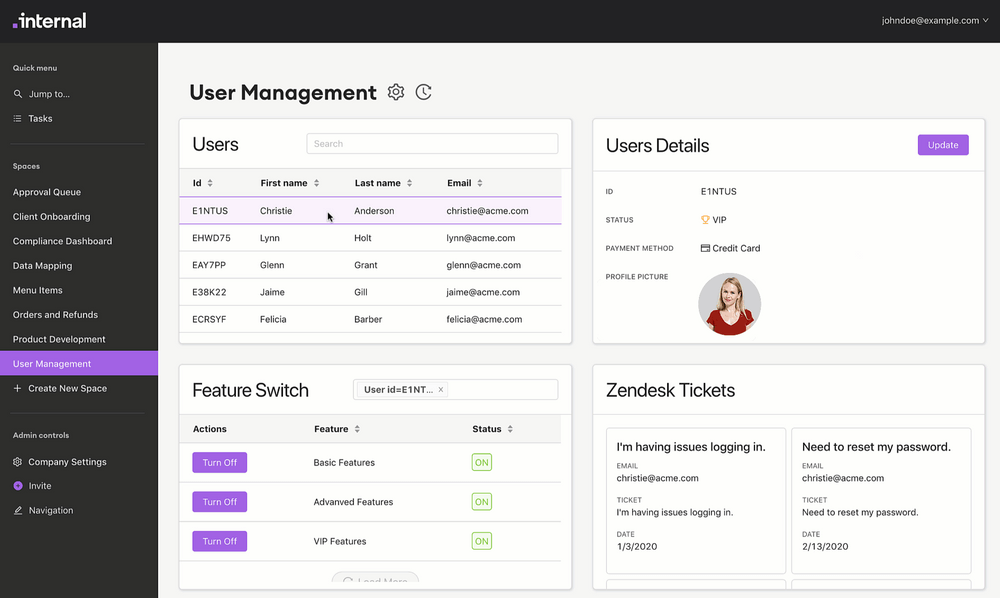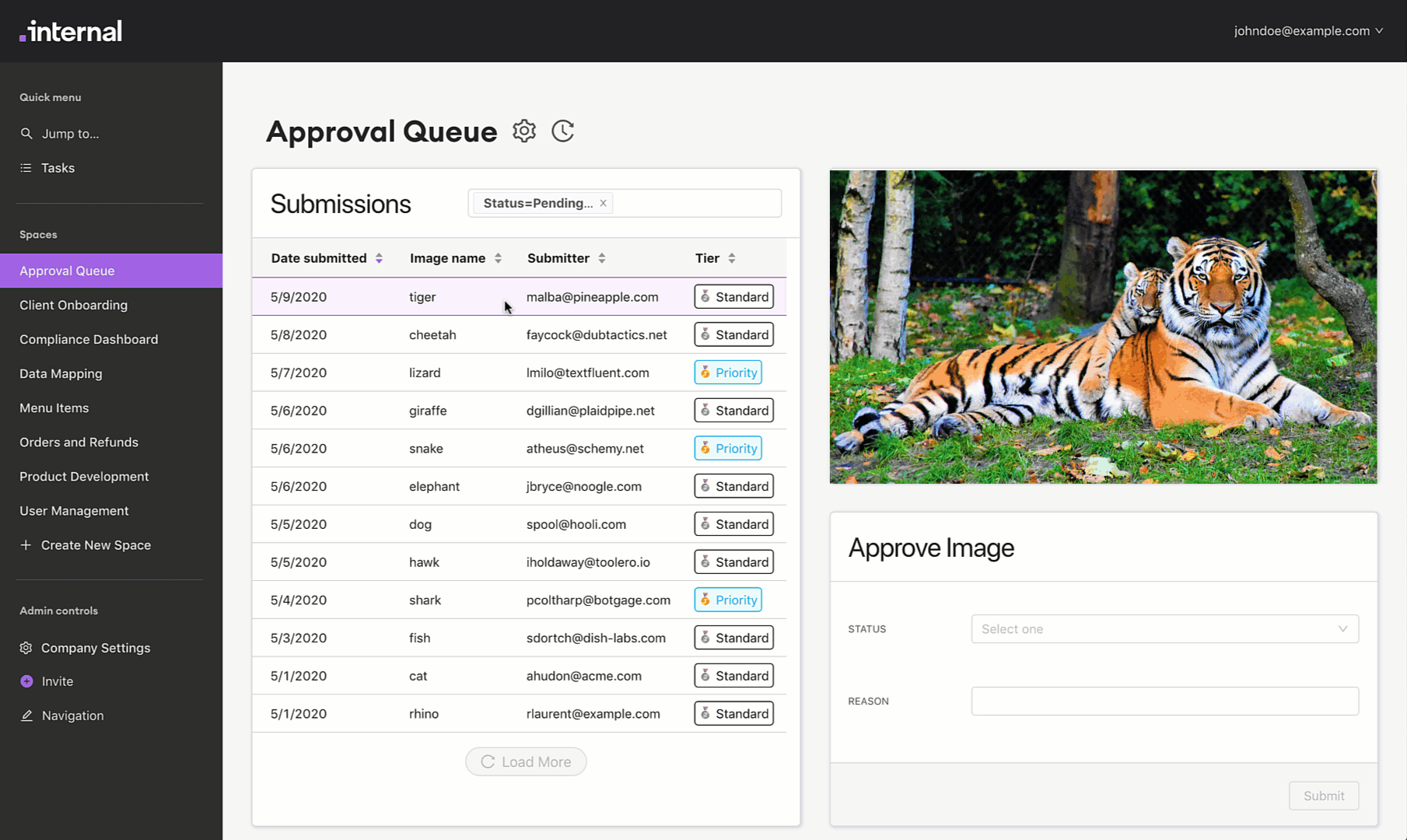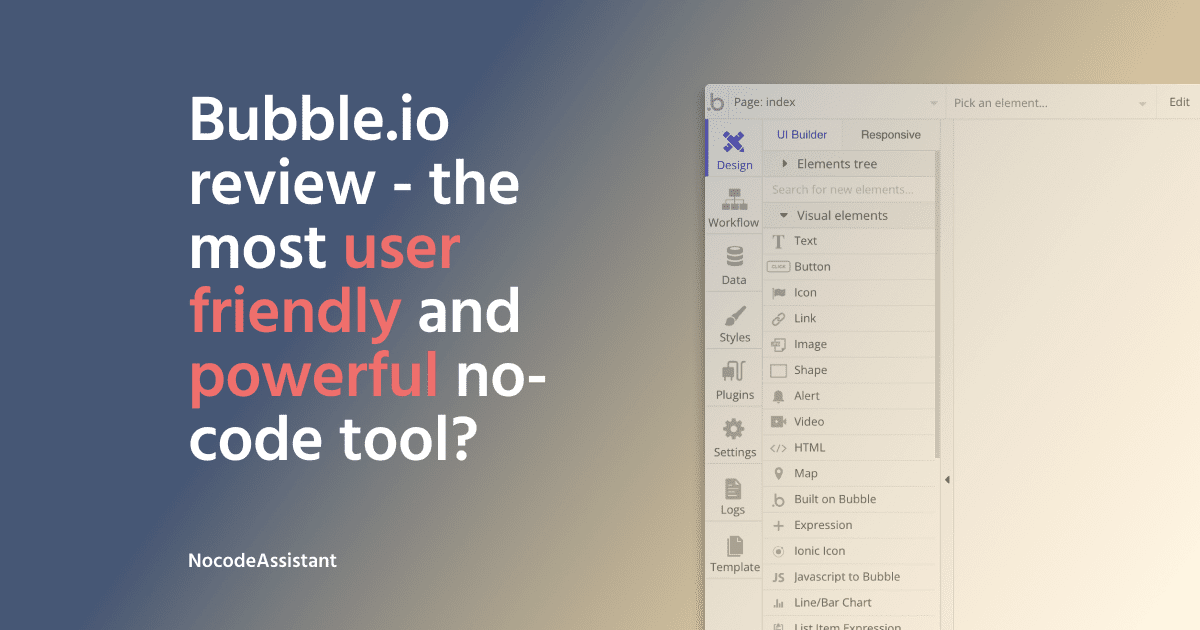Unlocking App Development with Bubble for Non-Technical Users
Building an application can often feel like a daunting task, especially if you lack a technical background. That’s where “Bubble for Non-Technical Users” comes in to bridge that gap. You may wonder how a no-code platform works and how it can help you realize your digital dreams. You’re in for an enlightening journey with Bubble, where even those who don’t speak the language of code can create extraordinary web applications.
What is Bubble?
Bubble is not just another tool; it’s a revolutionary no-code platform designed specifically for you—the non-technical user. Imagine being able to create a fully functional web application without ever writing a line of code. Bubble places the power of app development squarely in your hands.
Key Features of Bubble
Before we get into the nitty-gritty, let’s break down what makes Bubble stand out:
| Feature | Description |
|---|---|
| No-Code Development | Build applications without any coding skills. |
| Drag-and-Drop Interface | Easily create layouts and designs using intuitive controls. |
| Customizable Functionality | Incorporate built-in features and plugins that suit your needs. |
| Responsive Design | Ensure your app looks great on all devices, from mobile to desktop. |
| User Authentication | Set up user sign-up and management seamlessly. |
| Data Management | Create and manage databases to store your app’s information. |
| Plugins and Integrations | Connect to external services and add functionality through plugins. |

This image is property of bubble.io.
User Experience
Using Bubble is like watching a painter at work, only you’re the artist. The platform’s drag-and-drop functionality allows you to shape your app’s layout without any fuss. The interface is user-friendly, so you can focus on your vision instead of getting bogged down by complex coding languages.
Getting Started
When you first log into Bubble, the dashboard greets you with a clean, uncomplicated layout. You can start a new project or explore templates. If you decide to create an application from scratch, you’ll find a blank canvas ready to be turned into your masterpiece.
You also have access to an array of tutorials and resources. These are helpful if you find yourself stuck at any point. Whether you need assistance with custom workflows or setting up databases, the resources are readily available to guide you through.
Building Your First App
Once you have familiarized yourself with the platform, it’s time to roll up your sleeves and get started on your app. Here’s a straightforward approach to building an app on Bubble:
1. Define Your Idea
Before you jump into the design, it’s vital to outline what you want your application to achieve. Think about your target audience and the problem your app solves. Clarity here will guide your design choices.
2. Designing the User Interface
You can choose from an array of design elements, such as buttons, text fields, and images. Drag your chosen elements onto the canvas. The great part is that you can resize and reposition them until they look just right.
3. Setting Up Workflows
Once your design is complete, the next step is to create workflows. A workflow in Bubble refers to the logic behind what happens when a user interacts with your app. For instance, if someone clicks a button to sign up, the workflow determines what data gets collected and where it gets stored.
4. Managing Your Database
One of the most powerful features of Bubble is its built-in database. Here, you can create data types relevant to your application. Once your data structure is established, you can easily configure it to suit your app’s needs.
5. Testing Your Application
Testing is crucial. Preview your app as you develop to test various functionalities. This iterative process allows you to catch any issues before your app launches.
6. Launching Your App
When you’re satisfied with your creation, launching becomes straightforward through Bubble’s platform. You can review your app’s settings and make any last-minute adjustments before it goes live.

This image is property of upstackstudio.com.
Customization Options
Bubble offers an impressive range of customization options. You can personalize your app with various colors, fonts, and layouts. The drag-and-drop functionality means that experimenting with different designs requires no technical know-how.
Plugins and API Integrations
If you desire enhanced functionalities, Bubble hosts a marketplace filled with plugins. These can add everything from payment gateways to social media integration. You can easily search and install plugins directly within the platform.
Some popular plugins include:
| Plugin | Description |
|---|---|
| Stripe | Easily integrate payment processing into your app. |
| Zapier | Connect Bubble with other popular web services. |
| Google Maps | Incorporate map functionalities with ease. |
Benefits of Using Bubble
Making the choice to use Bubble brings with it several advantages:
1. Cost-Effective
Traditional app development can be a costly venture. Hiring developers and designers can easily run into thousands of dollars. Bubble drastically reduces these costs, allowing you to invest more in marketing and scaling your app.
2. Time-Efficient
Building an app with code takes weeks or even months, depending on the complexity. With Bubble, you can go from idea to prototype in a matter of days, all while maintaining a professional look and feel.
3. Empowering Non-Technical Users
Bubble turns the app creation process into a domain accessible even for those without technical skills. You don’t need a background in programming or design to realize your vision.
4. Flexibility and Adaptability
Your app can change as your business needs evolve. Bubble allows you to pivot quickly, adapting to new ideas or market demands without the need to start from scratch.

This image is property of bubble.io.
Challenges and Considerations
While Bubble presents numerous benefits, it’s crucial to be aware of challenges or limitations that can arise:
1. Learning Curve
Although the platform is designed for non-technical users, it may take time to familiarize yourself with all the features. Being patient with yourself is key.
2. Performance Issues
As your application grows in complexity, performance can become an issue. Optimization may be necessary to ensure smooth functionality.
3. Dependency on the Platform
Using Bubble means you’re relying on a third-party platform. If the platform experiences downtime or technical issues, so does your app.
Community and Support
One of the standout features of Bubble is its vibrant community of users. You’re never alone in your journey; forums and groups are overflowing with tips, tricks, and best practices.
Bubble Forum
Engage with fellow Bubble users on their forum. Here, you can seek advice, share your experiences, or even collaborate on projects.
Documentation and Tutorials
Bubble offers extensive documentation that covers everything from basic functionalities to advanced customizations. There are also video tutorials available for visual learners.

This image is property of i.pcmag.com.
Conclusion
Building a web application no longer has to be an intimidating process. With “Bubble for Non-Technical Users,” you have all the tools necessary to bring your ideas to life.
The blend of simplicity and power in Bubble ensures that you can focus your energy on developing your ideas instead of worrying about technical constraints. Embrace this opportunity to create something incredible, knowing that the road to bring your vision to fruition is more accessible than ever.
With Bubble, you have the freedom to create, innovate, and establish your unique digital footprint in the ever-evolving tech space. A world of possibilities awaits, so take that first step today, and unleash your inner creator!



